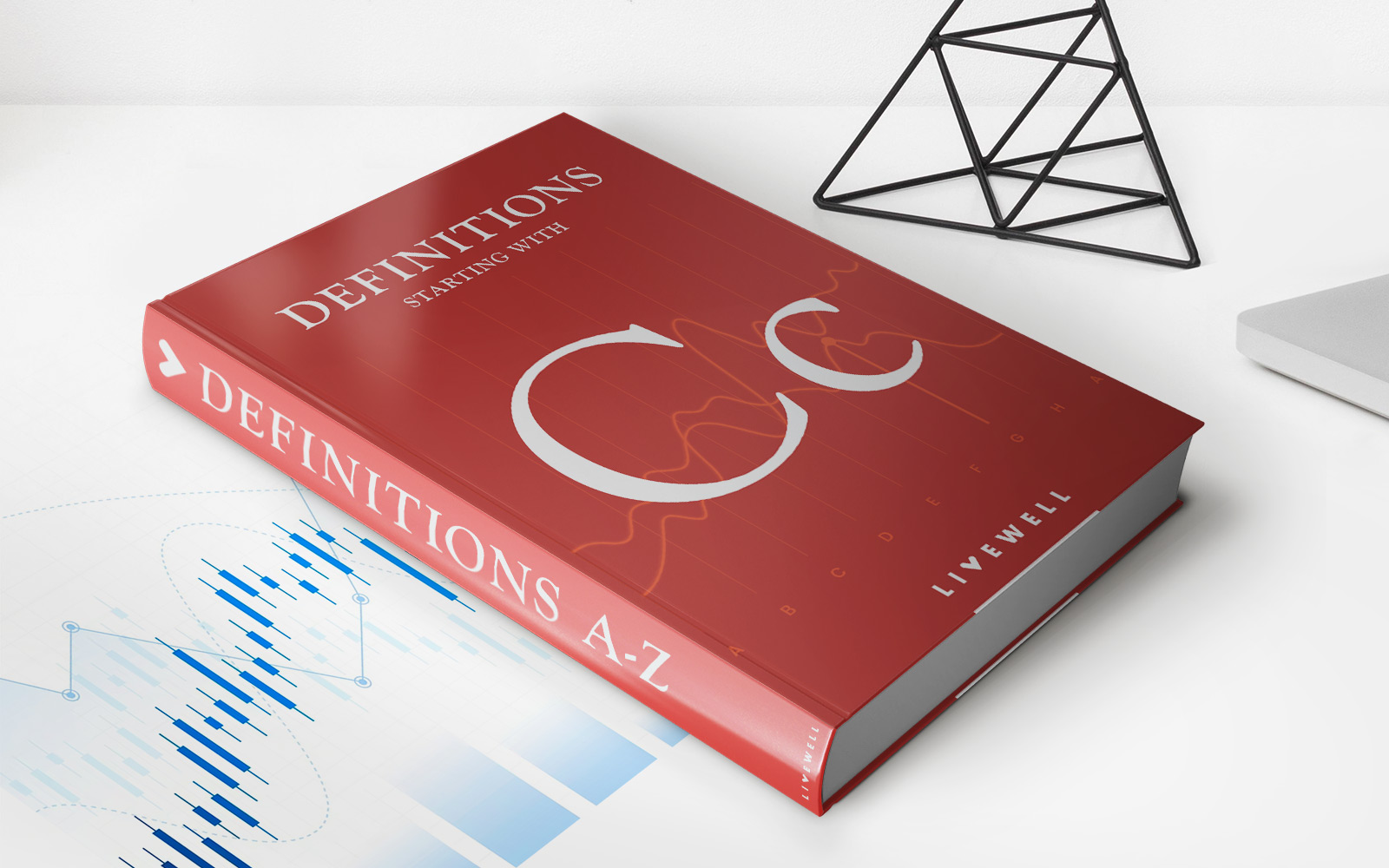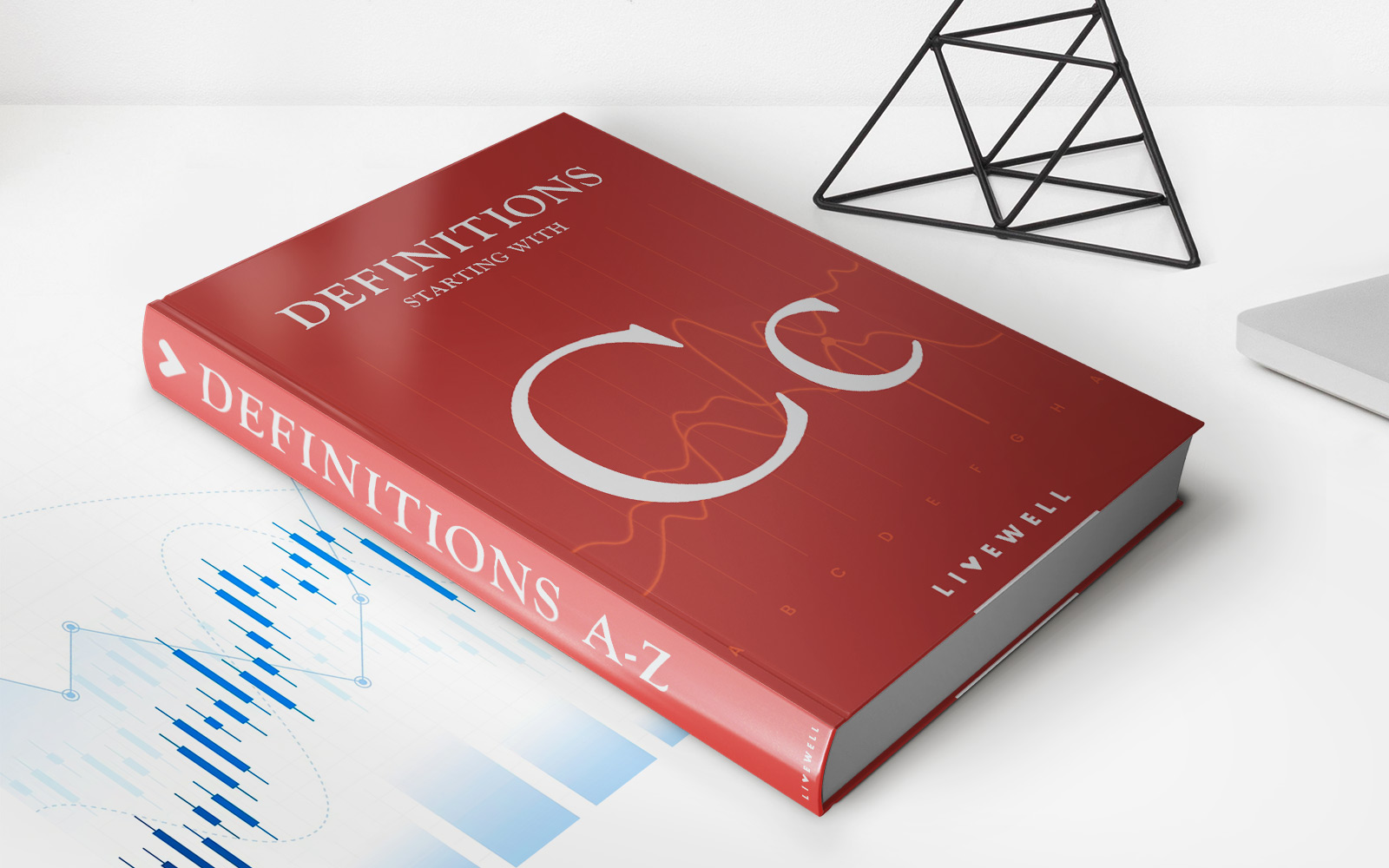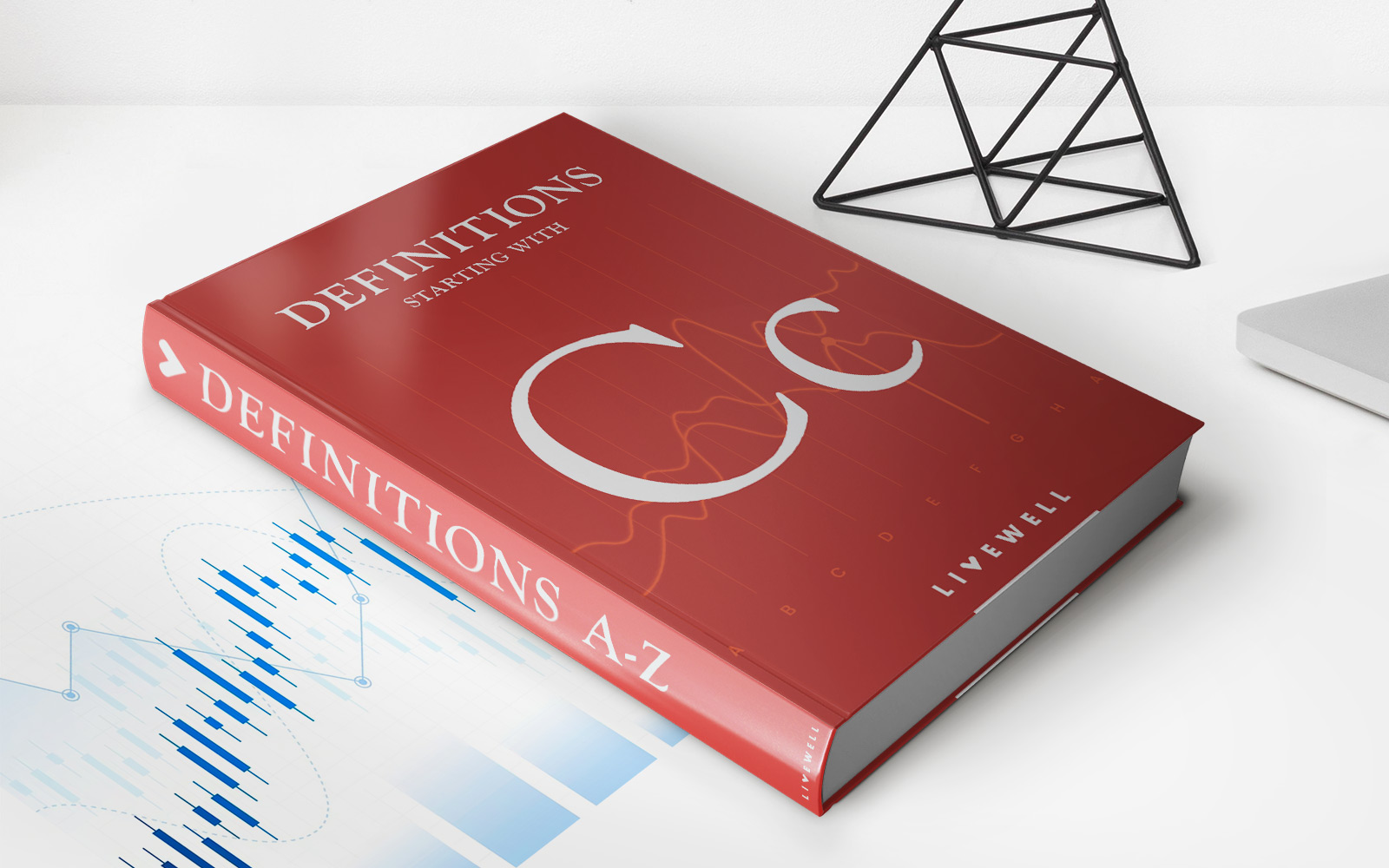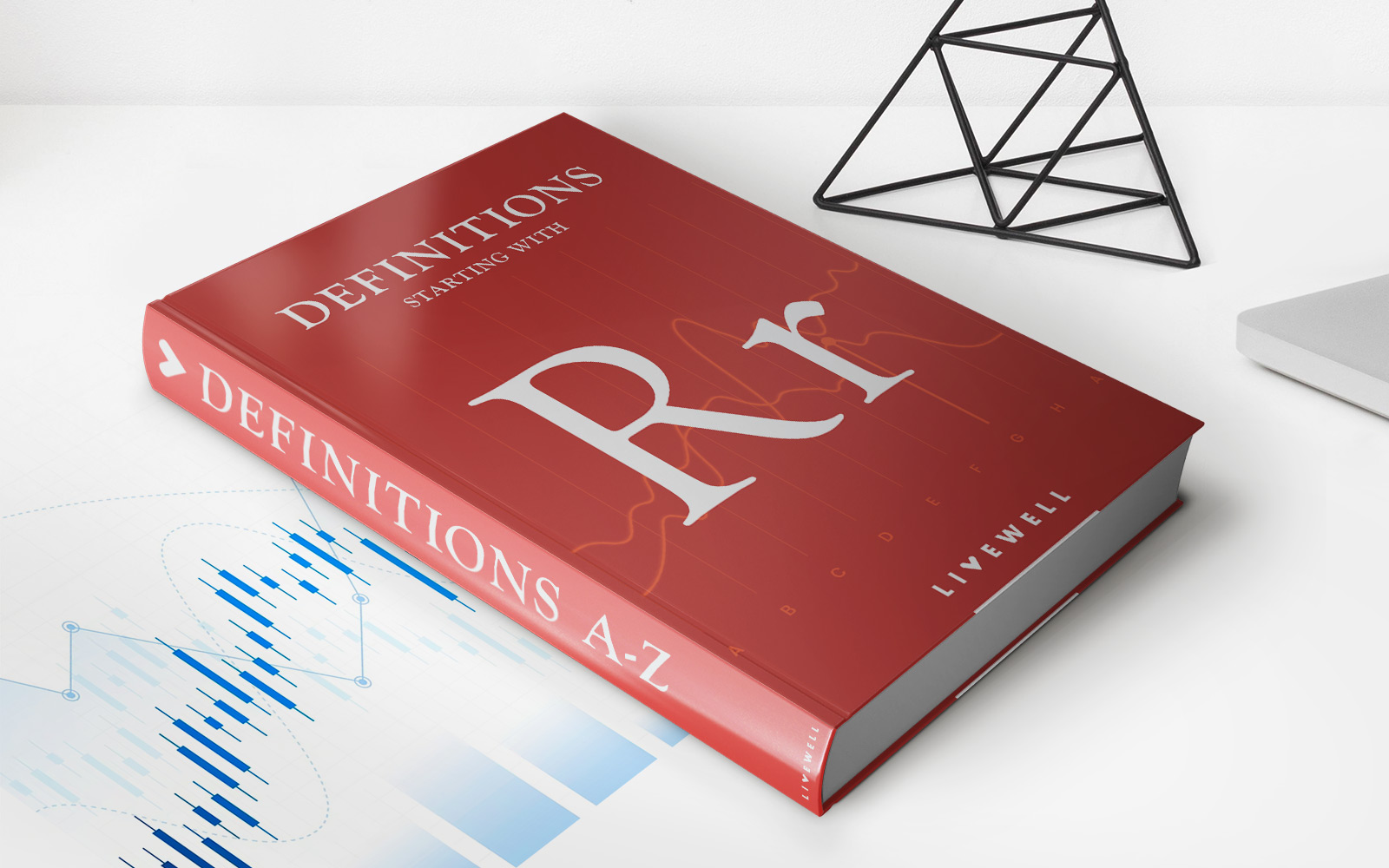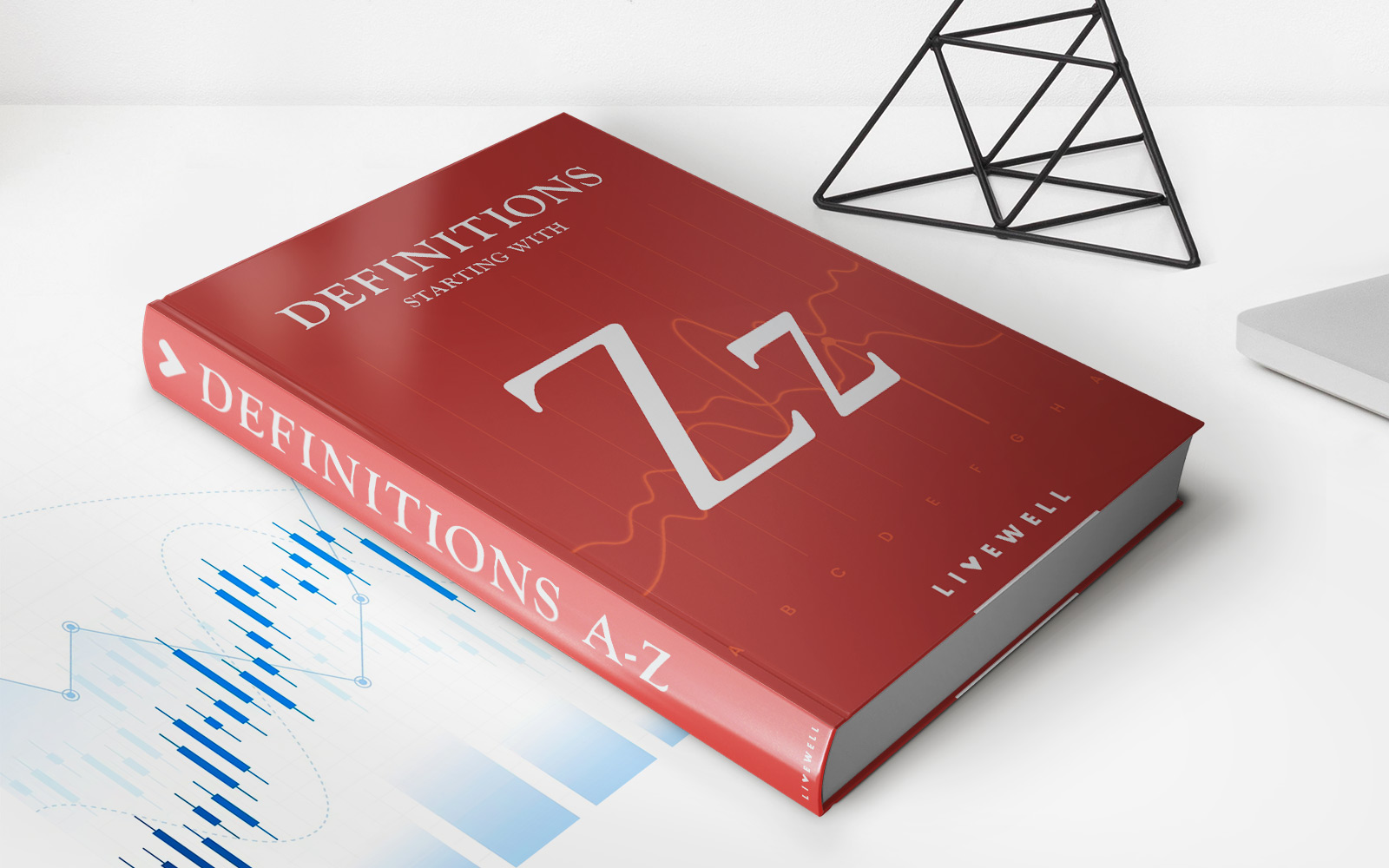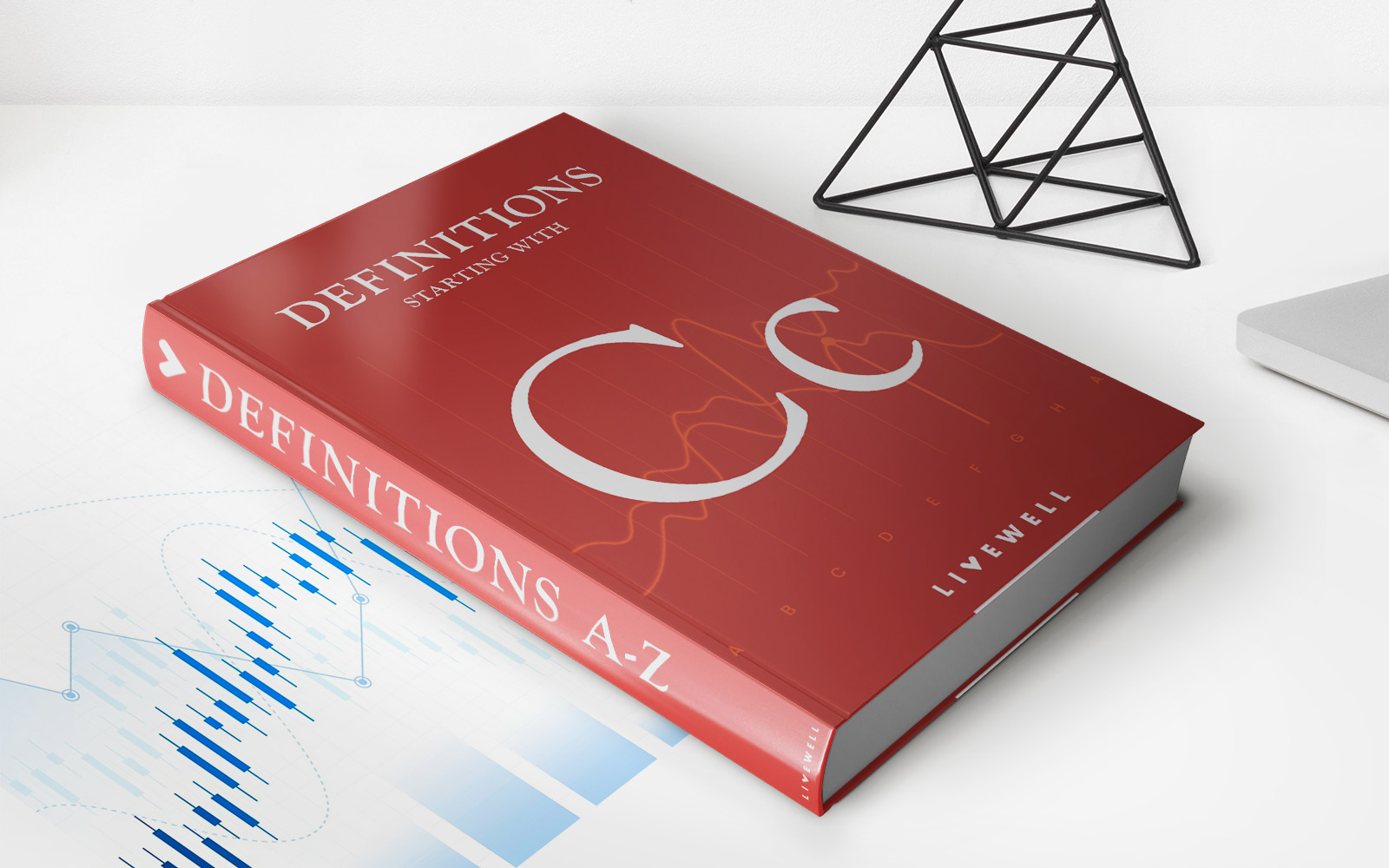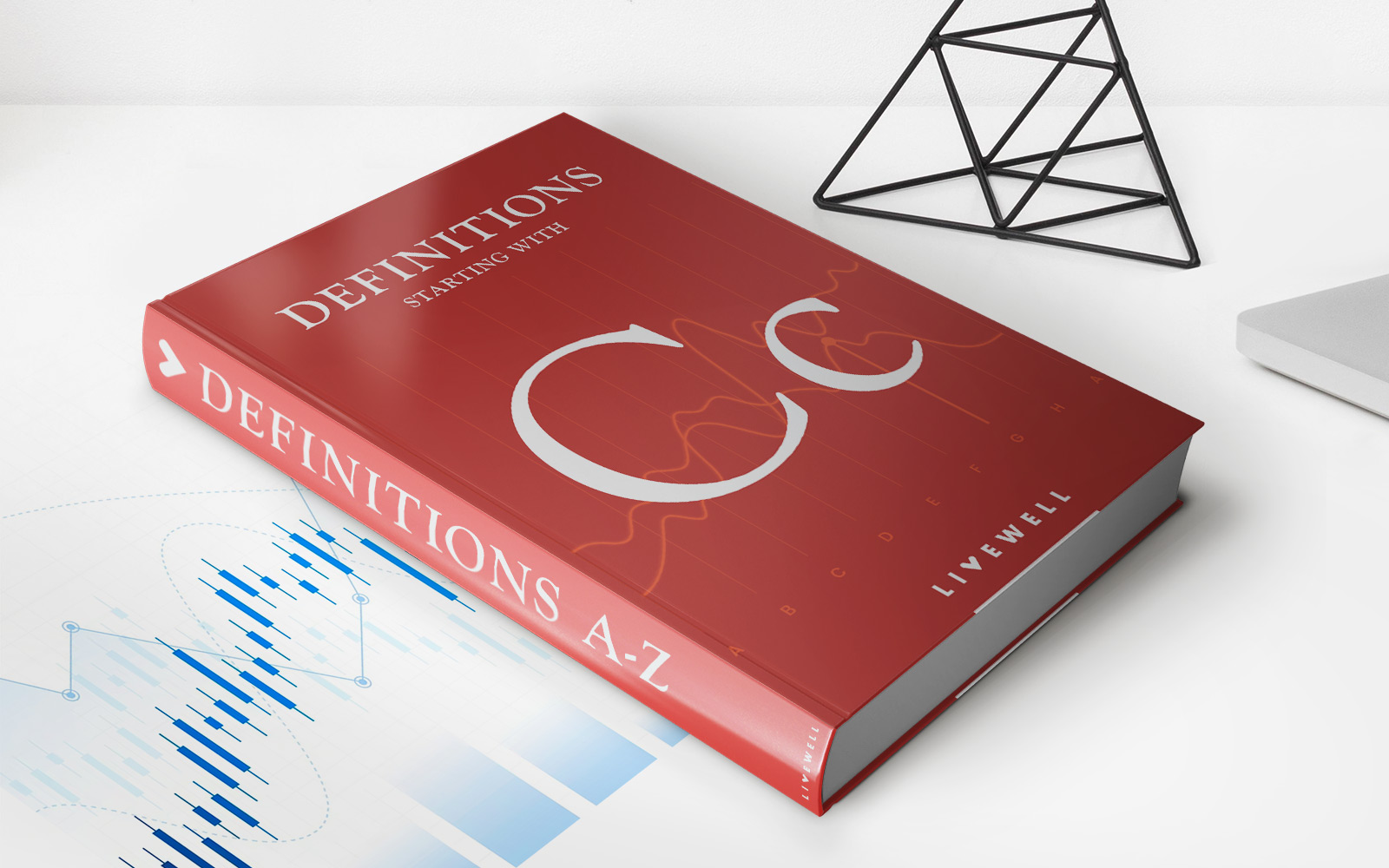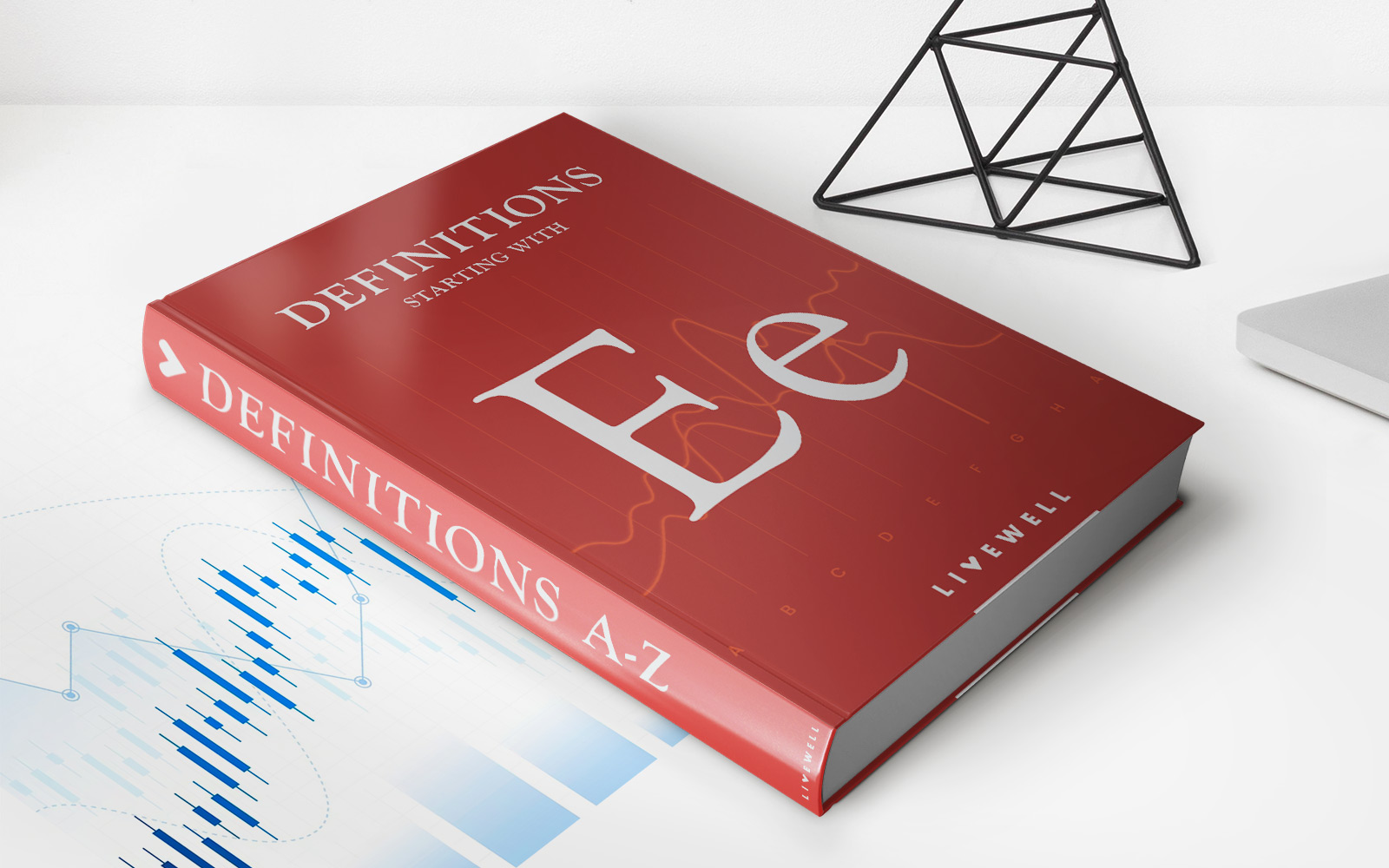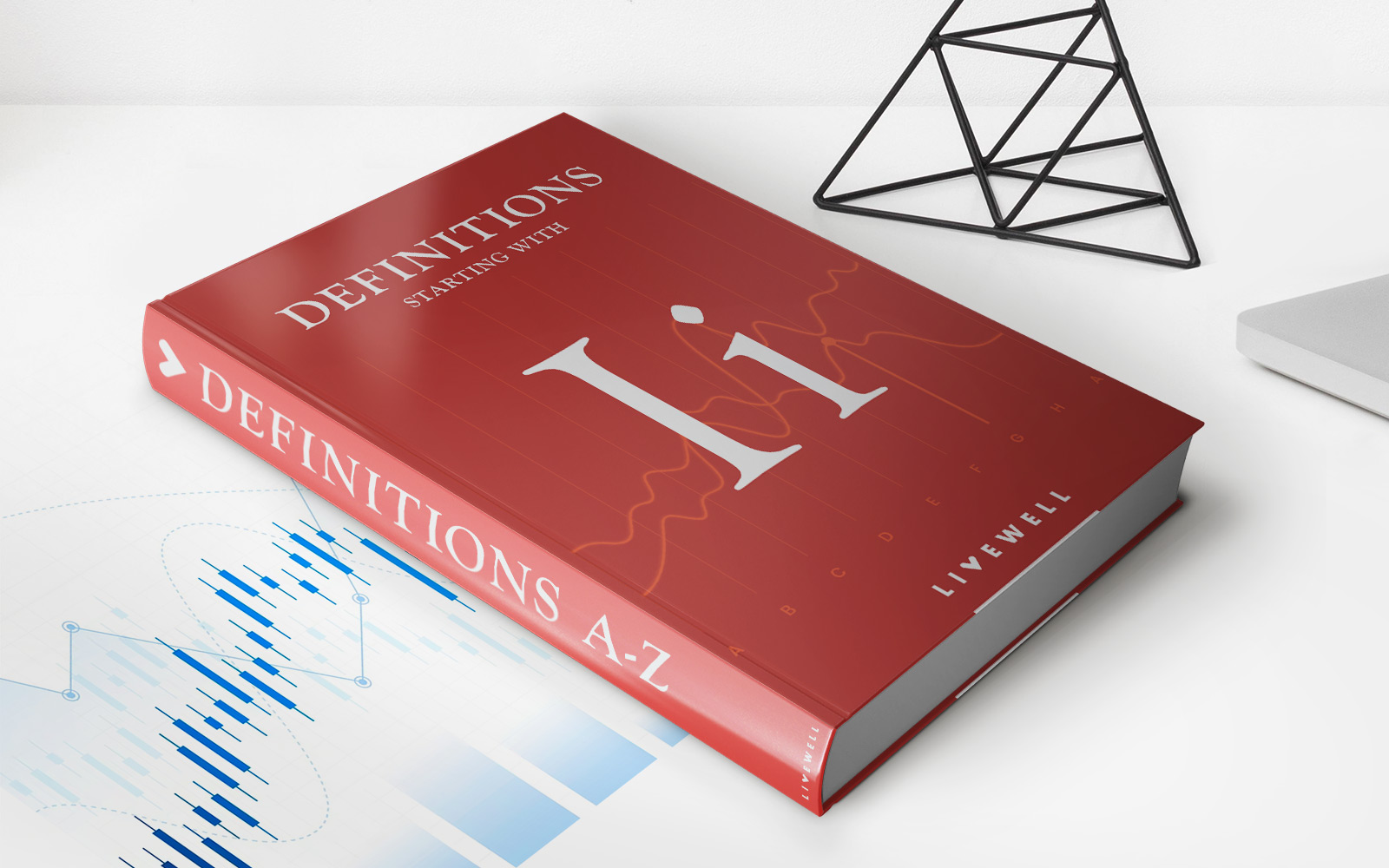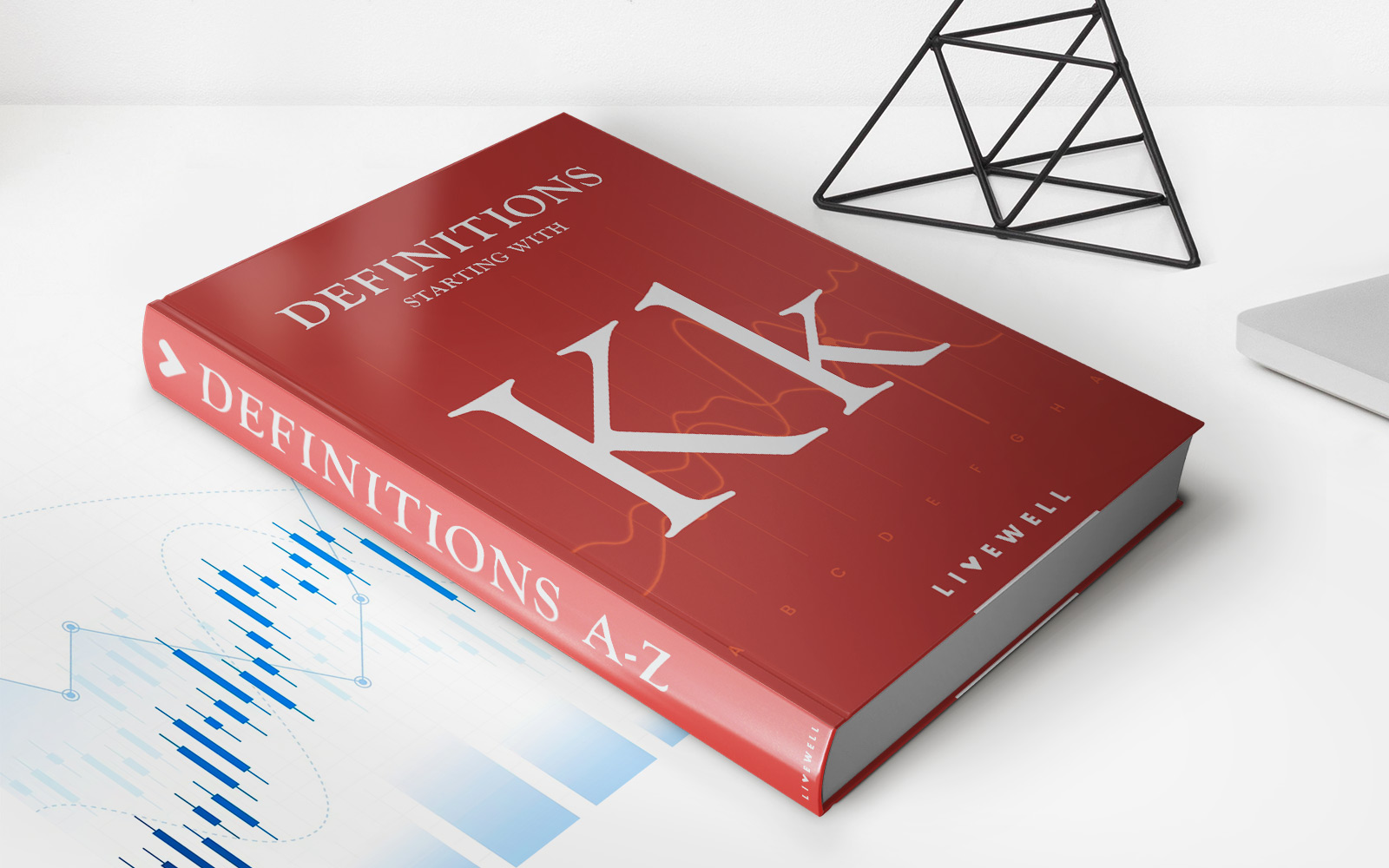Home>Finance>Lindahl Equilibrium: Definition, Conditions, Example
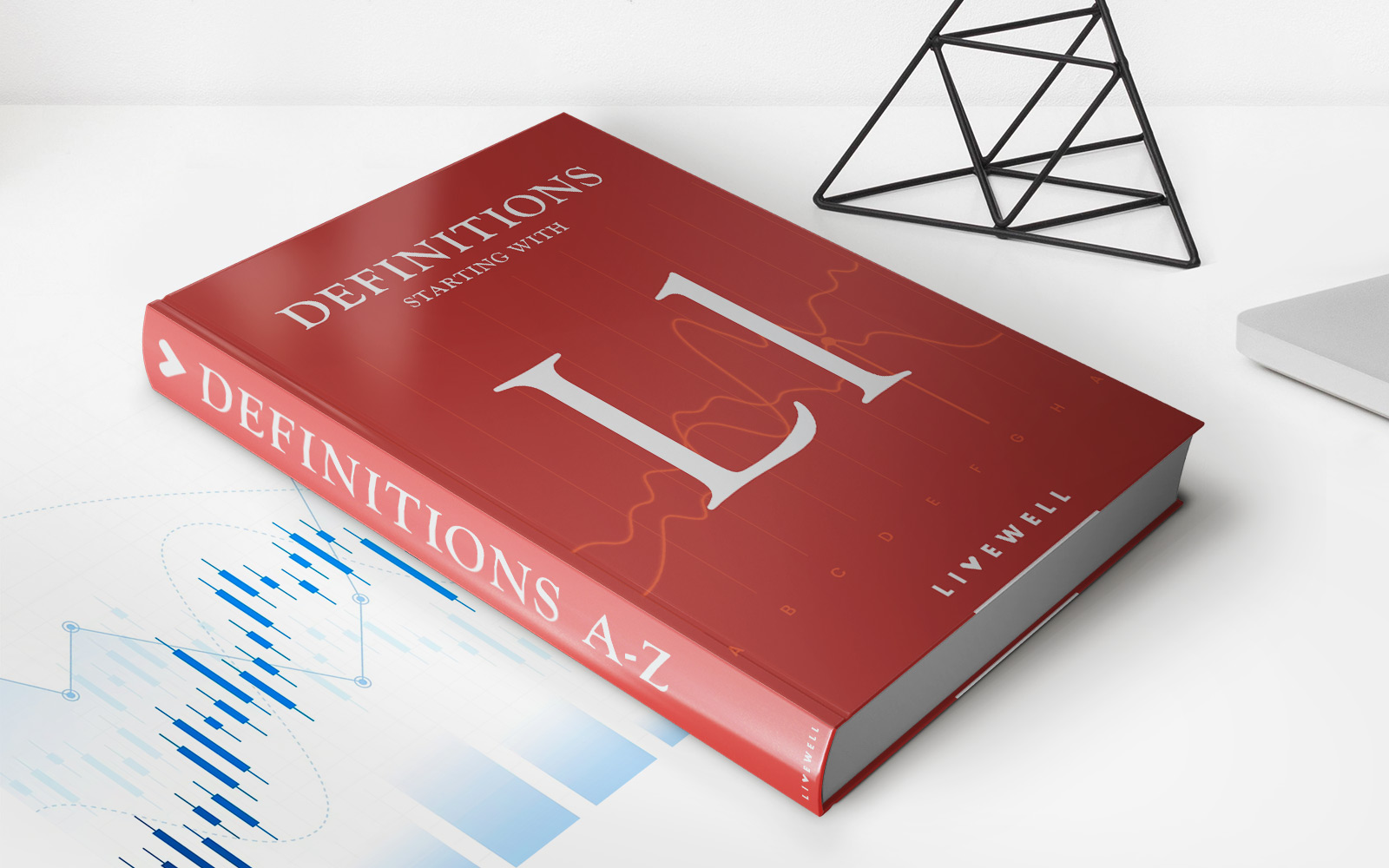

Finance
Lindahl Equilibrium: Definition, Conditions, Example
Published: December 18, 2023
Learn about Lindahl Equilibrium in finance, including its definition, conditions, and real-life example. Understand how this concept impacts resource allocation.
(Many of the links in this article redirect to a specific reviewed product. Your purchase of these products through affiliate links helps to generate commission for LiveWell, at no extra cost. Learn more)
Lindahl Equilibrium: Understanding the Basics of Economic Equilibrium
When it comes to understanding the intricacies of finance, there are various concepts that one must grasp in order to make informed decisions. One such concept is the Lindahl Equilibrium, a term that might sound complex at first, but is actually quite fascinating once we delve into its definition, conditions, and application. In this article, we will explore what Lindahl Equilibrium is, the conditions that must be met for it to occur, and provide a practical example to help solidify your understanding.
Key Takeaways:
- Lindahl Equilibrium is an economic concept that focuses on the efficient allocation of public goods through individual preferences and payments.
- It requires a situation where each individual’s willingness to pay aligns with their share of the public good’s cost.
Definition of Lindahl Equilibrium
Lindahl Equilibrium refers to an economic equilibrium where public goods are allocated efficiently based on individuals’ preferences and willingness to pay. Unlike traditional market equilibrium, where prices alone determine the allocation of resources, Lindahl Equilibrium takes into account each person’s valuation of public goods and the proportion of their income they are willing to contribute towards its provision.
This concept was introduced by Swedish economist Erik Lindahl in the early 20th century as a way to address the challenges associated with funding public goods, such as national defense, infrastructure, and environmental protection. Lindahl Equilibrium aims to find an optimal point where individuals’ contributions align with the costs associated with providing public goods, ensuring fairness and efficiency.
Conditions for Lindahl Equilibrium
In order for a Lindahl Equilibrium to occur, certain conditions must be met:
- Voluntary Participation: All individuals involved in the provision of the public good must willingly contribute towards its funding. There should be no coercion or external pressures affecting their decision-making process.
- Individual Valuation: Each person’s valuation of the public good should be accurately determined. This enables the allocation of costs to be based on the individual’s perceived benefit.
- Efficiency: The allocation of costs and provision of the public good should be efficient, meaning that resources are allocated in a way that maximizes overall satisfaction or welfare.
An Example of Lindahl Equilibrium
Let’s take a practical example to help illustrate the concept of Lindahl Equilibrium. Imagine a small community of five individuals who share the cost of maintaining a local park. Each member of the community has a different preference for the park and is willing to pay a certain amount to keep it in good condition.
Individual A values the park the most and is willing to pay $50 per month, while individual B values it slightly less and is willing to pay $40 per month. Individual C values the park at $30, individual D at $20, and individual E at $10.
Through negotiation and voluntary agreement, the community reaches a Lindahl Equilibrium where each person’s willingness to pay determines their share of the park’s cost. In this case, individual A will pay $50, individual B will pay $40, individual C will pay $30, individual D will pay $20, and individual E will pay $10, resulting in a total monthly contribution of $150, sufficient to maintain the park.
This example showcases how Lindahl Equilibrium allows for an efficient allocation of costs based on individual preferences, ensuring fairness and sustainability in the provision of public goods.
Wrapping Up
Lindahl Equilibrium is a concept that offers a unique perspective on the allocation of public goods. By taking into account individuals’ preferences and willingness to pay, we can achieve optimal efficiency in resource allocation and ensure that costs are distributed fairly. Understanding this concept can help individuals and policymakers make informed decisions related to the provision and funding of public goods.
Key Takeaways:
- Lindahl Equilibrium considers individuals’ preferences and willingness to pay for public goods.
- It requires voluntary participation, accurate valuation, and efficiency.
Now that you have a solid understanding of Lindahl Equilibrium, you can navigate the world of finance with greater insight and make informed decisions regarding the allocation of public goods.
